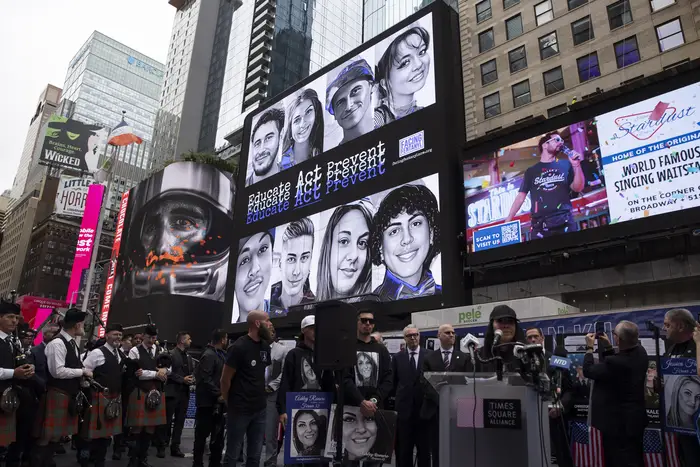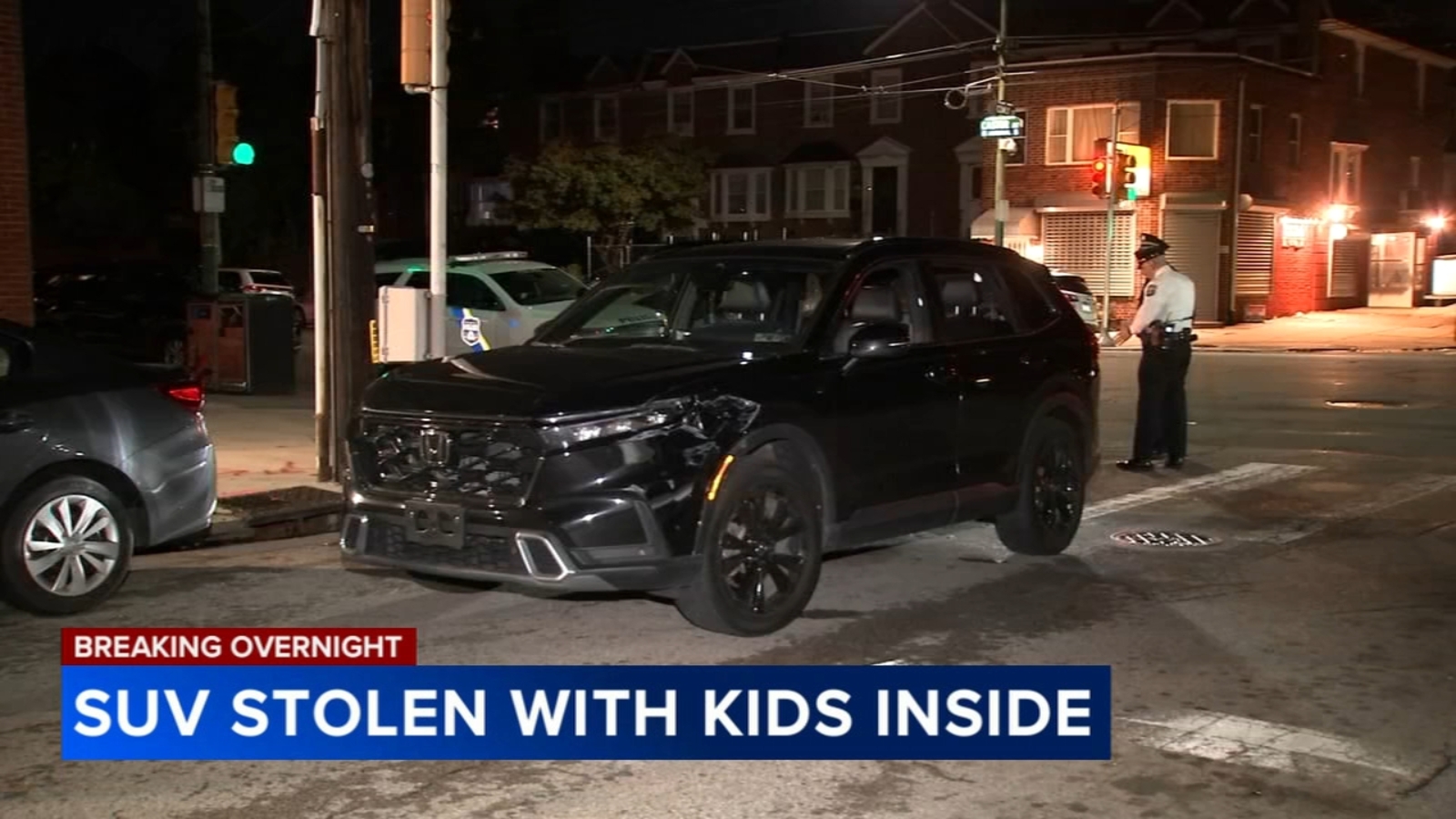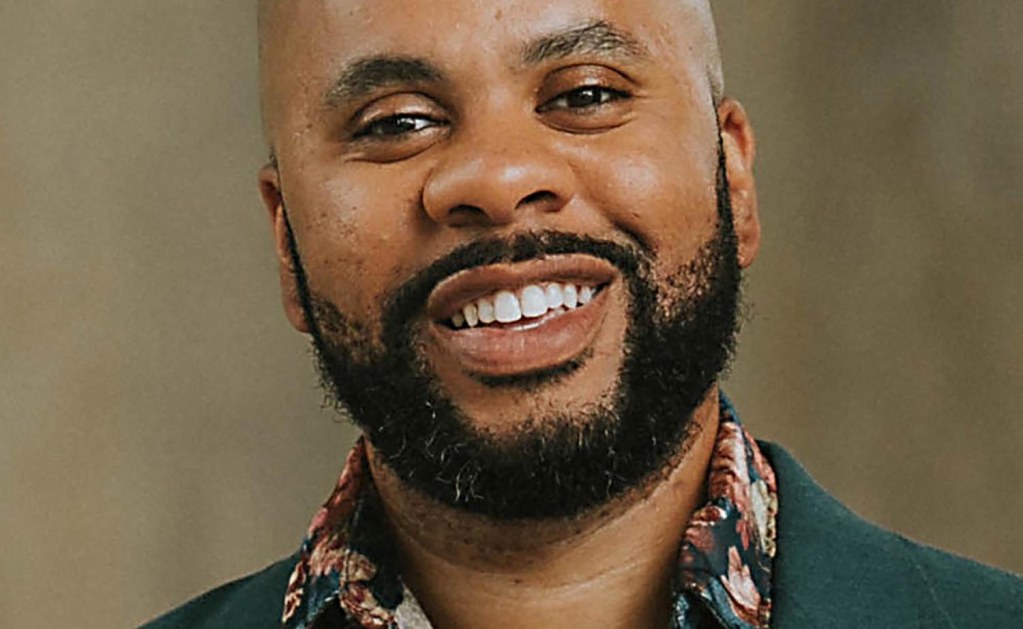New York City has just announced a significant breakthrough in its ongoing battle against drug overdose deaths, with a staggering **28% decrease** in fatalities in **2024**. According to preliminary data from the city health department, **2,192** residents succumbed to accidental drug overdoses last year, a dramatic drop from **3,056** in **2023**. This urgent update reflects a broader national trend and marks a pivotal moment in addressing the city’s overdose crisis.
The downward trend is a glimmer of hope amid a crisis that has devastated countless families and communities. Mayor **Eric Adams** stated, “Progress on reducing opioid overdoses will never make up for the families that have been devastated… but it gives us hope that brighter days are ahead.” This optimism comes as officials prepare for the city’s next mayor to build on this progress.
Despite the positive news, the fight against overdose deaths is far from over. The city’s **HealthyNYC** initiative aims to reduce annual overdose deaths to **1,812** by **2030**. The rise of opioids, particularly **fentanyl**, has quadrupled the overdose death toll since **2000**, when fatalities were just above **600**. Nationwide, the **Centers for Disease Control and Prevention** (CDC) reports **80,391** drug overdose deaths in the U.S. for **2024**, reflecting a **27%** decrease from the previous year.
Moreover, for the first time since **2018**, overdose deaths among **Black** and **Latino** New Yorkers also fell. However, serious racial and geographic disparities remain. The **Bronx** experienced a **24%** reduction in overdose deaths last year, but it continues to bear the highest burden, with a death rate more than double that of **Manhattan**.
Advocates like **Marilyn Reyes**, a board member at **Vocal NY**, emphasize the need for ongoing investment in effective solutions. “My borough’s devastated with the overdose deaths,” she stated, expressing concern over increased policing of drug users, which she believes disrupts outreach efforts. Reyes warns, “If we don’t continue on the path of reducing harm, we’re going to continue losing more people in the black and brown community.”
**Toni Smith**, the state director for the **Drug Policy Alliance**, highlights the unpredictable nature of the illegal drug supply, stating, “There’s no guarantee that a trend downward this year means a trend downward next year.”
**Staten Island** saw the most significant improvement with a **49%** drop in overdose deaths last year. Dr. **Michelle Morse**, the acting city health commissioner, stressed the importance of supporting life-saving programs while addressing systemic issues of disinvestment and structural racism.
Despite recent federal funding cuts threatening public health initiatives, New York City has secured approximately **$190 million** from opioid manufacturer settlements, with projections indicating this could reach **$550 million** by **2041**. The Adams administration has invested **$41 million** in treatment programs and harm reduction initiatives for fiscal year **2025**.
Under Mayor Adams, the operation of two overdose prevention centers has been supported. At these facilities, New Yorkers can use drugs under trained supervision, which is crucial for reducing fatalities. However, advocates argue that more centers are needed, as the current model faces legal challenges at the federal level.
The recent mayoral debate highlighted differing views on overdose prevention centers, with candidates expressing varied commitments to maintaining or abolishing the program. In August, Mayor Adams announced an additional **$27 million** to enhance treatment and harm reduction efforts, although the allocation of these funds remains uncertain.
As New York City navigates this critical juncture in its overdose crisis, the emphasis on sustained efforts and community support is paramount. The latest data serves as both a warning and a beacon of hope, reminding stakeholders that the road ahead requires vigilance and compassion.
Stay tuned as we continue to cover this developing story and its impact on communities across the city.







